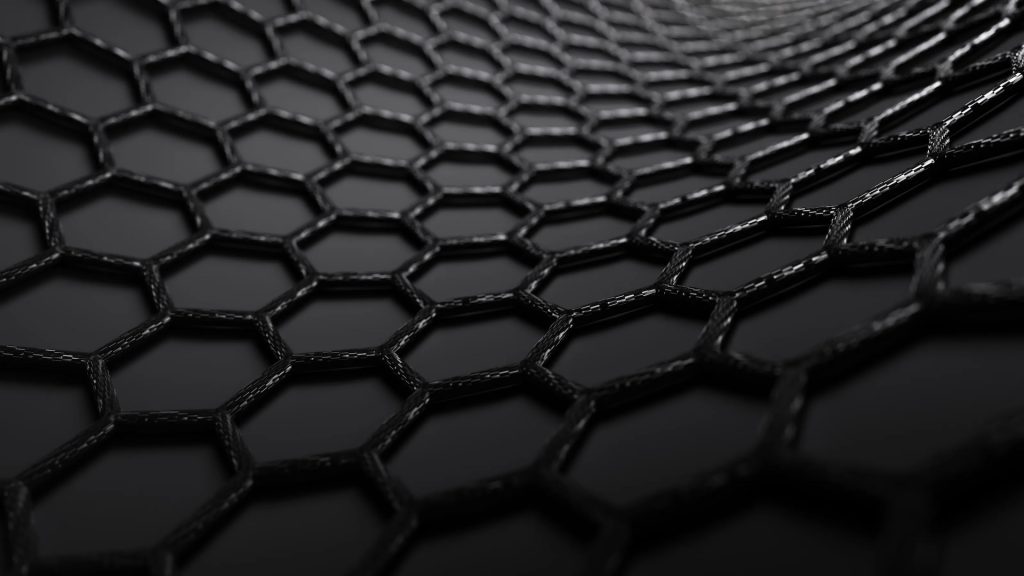Apple is gearing up to revolutionize thermal management in its upcoming iPhone 16 with a cutting-edge graphene system. This innovation, revealed by the notable leaker “Kosutami” on X (formerly Twitter), aims to address overheating challenges that have previously affected Apple models, most notably the iPhone 15 Pro.
The iPhone 15 Pro’s overheating issues, which were significant enough to necessitate a software update, have prompted Apple to explore advanced materials for better heat dispersion. Graphene, known for its exceptional thermal conductivity that outperforms traditional copper used in current iPhone heat-sinks, is at the forefront of this exploration. Apple’s interest in graphene is not new; the tech giant has been filing patents to harness this material for cooling portable devices.
In addition to the graphene thermal system for the standard iPhone 16 models, the Pro variants are rumored to incorporate metal battery casings. This shift towards metal casings for batteries aligns with Apple’s previous move in the Apple Watch Series 7, where black foil casings were replaced with metal ones, suggesting a consistent approach towards enhanced thermal management across its product range.
Graphene And Its Potential in Consumer Technology
Graphene, a form of carbon, is composed of a single layer of atoms arranged in a two-dimensional honeycomb lattice. This unique structure endows graphene with remarkable properties, including exceptional strength, flexibility, and electrical and thermal conductivity.
In consumer technology, graphene’s applications are wide and varied. Its high electrical conductivity can lead to faster, more efficient electronics, while its strength and flexibility can enhance the durability of devices. Graphene’s thermal properties are particularly relevant in addressing overheating in compact, high-performance gadgets such as smartphones, where efficient heat dissipation is crucial.
Beyond smartphones, graphene could revolutionize battery technology, potentially leading to faster-charging and longer-lasting batteries. Its transparency and flexibility also open avenues for innovative display technologies, including foldable or rollable screens.
Graphene’s versatile nature holds the promise of not only enhancing existing technologies, but also paving the way for new, groundbreaking applications in the consumer electronics realm.
